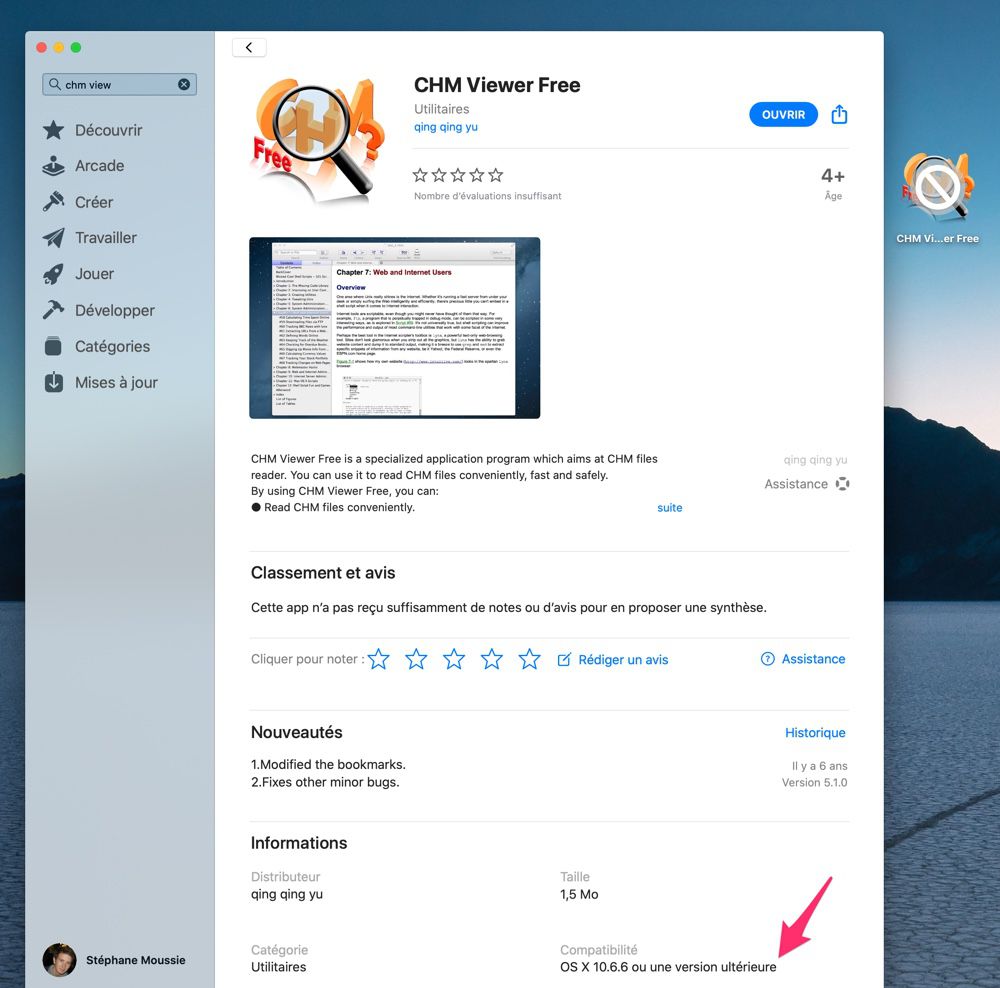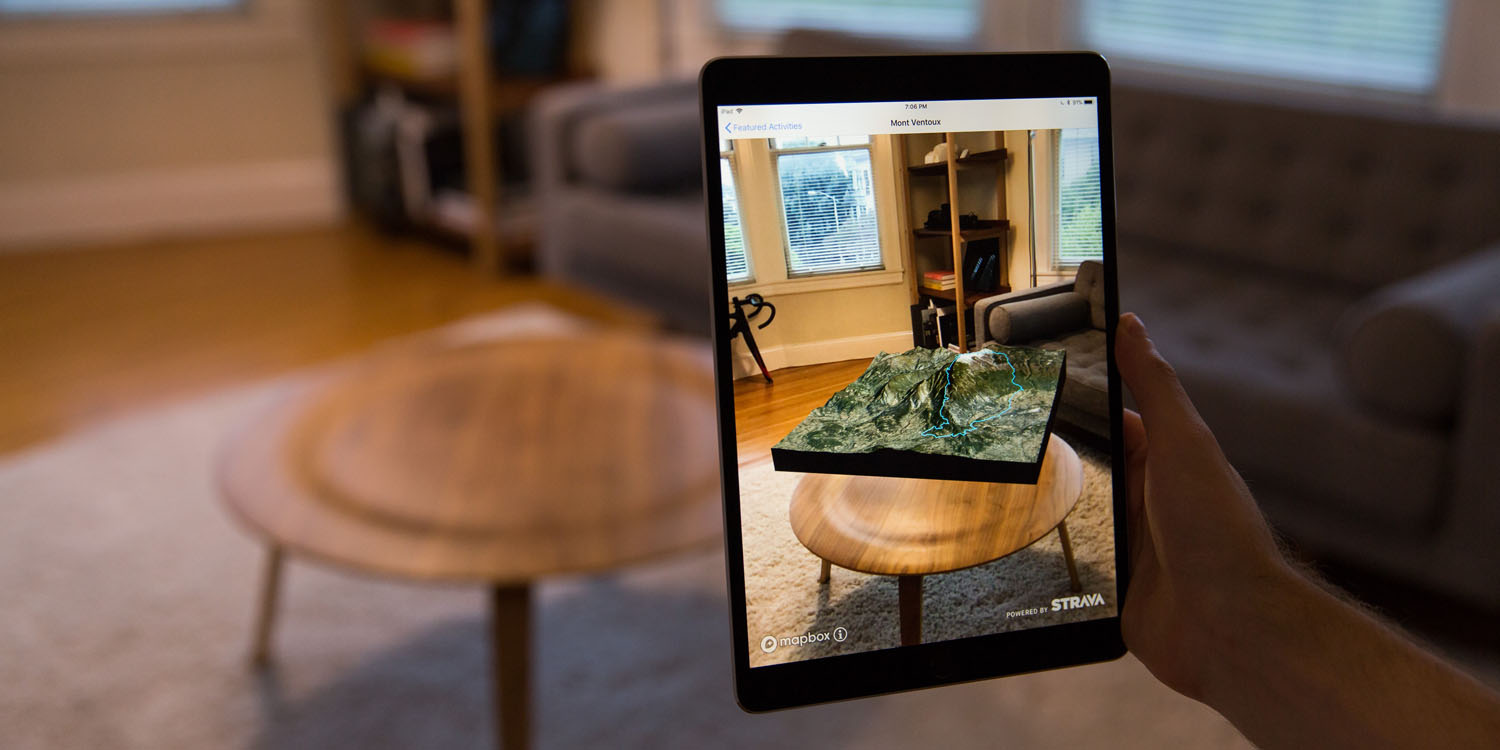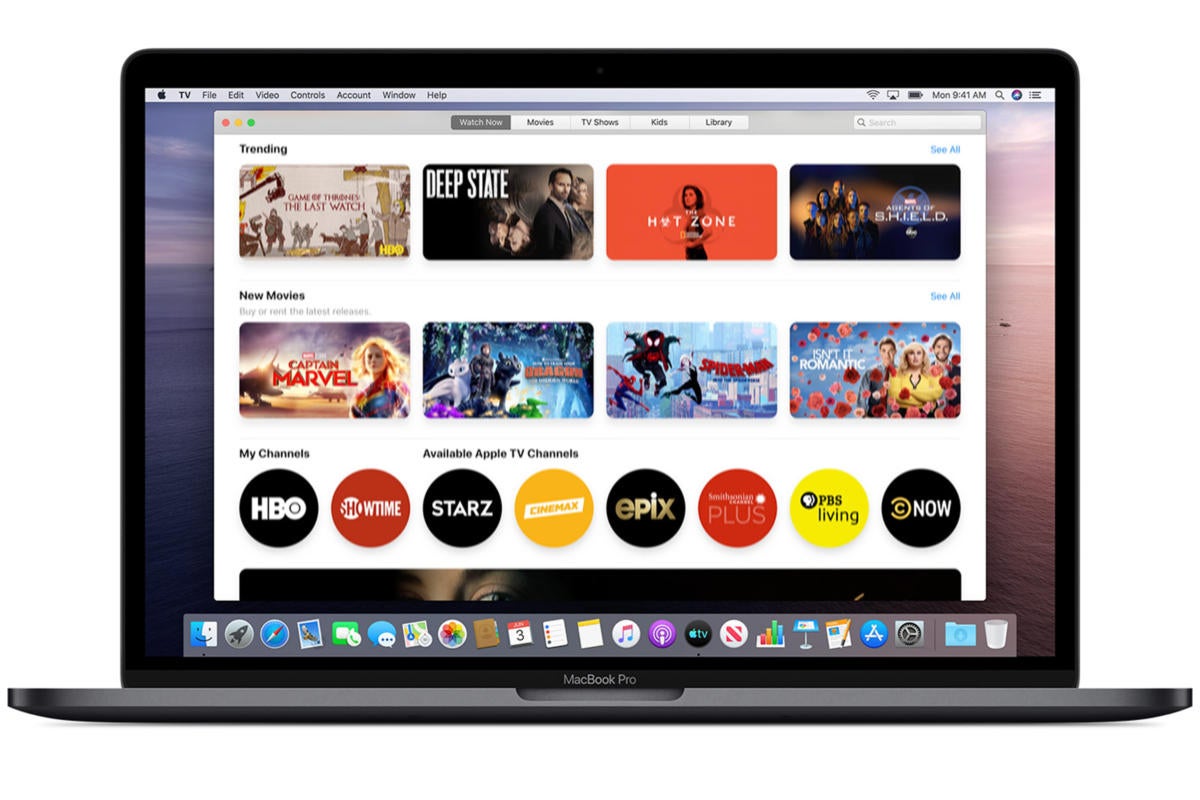Catalina Mac App Store
- Apple makes macOS Catalina available through the Mac App Store. The download will be several gigabytes in size, and the installation will take several minutes, so use a reliable internet.
- Attempting to download macOS Catalina from the Mac App Store you may find that a small version of the “Install macOS Catalina.app” file downloads to the “Applications” folder, rather than the complete 8.1 GB installer file.
- Catalina Mac Update App Store
- Catalina Mac App Store Windows 10
- Install Catalina Mac App Store
- App Store Mac Os Catalina
Wi-Fi problems on macOS Big Sur/Mojave/Catalina
Go to Launchpad → App Store. In the search bar on the left-hand side, enter macOS Catalina and press the Enter key. Click on the VIEW button. Then click the GET button or iCloud download icon. Click on the Download button. It takes time to download the macOS Catalina installer app, so make sure that you have a reliable Internet connection. The game is not only playable on Catalina, but you can even download it straight from the Mac App Store. Shadow of the Tomb Raider and the first two in the new trilogy will really make Mac gamers feel loved again, being one of the few 100% Triple-A hits to be fully available to us and is a highly recommended fresh of breath air for anybody. While early apps created for Mac with Catalina weren't well received by users, the release of MacOS Catalina brought several more to the Mac App Store that seem to have benefitted from more time.
Wi-Fi connection — it is central to intelligent life on Earth. But there could be numerous reasons your Mac won’t connect to Wi-Fi: a new software update, broken Wi-Fi preferences, or several networks conflicting with each other. Below we’ll explain what to do when you can’t connect to Wi-Fi or your connection is constantly dropping off.
Sep 22, 2017 Wi-Fi problems on macOS Big Sur/Mojave/Catalina. Wi-Fi connection — it is central to intelligent life on Earth. But there could be numerous reasons your Mac won’t connect to Wi-Fi: a new software update, broken Wi-Fi preferences, or several networks conflicting with each other. An iOS app version of the screensaver for iPhone and iPad was recently released, and is now available in the App Store for $0.99. The premise of this screensaver is simple: it turns your screen into an old-fashioned flip-clock that looks much like the electromechanical alarm clocks invented in the mid-twentieth century. Solution 3: Restart the App Store app. Here is how you can do that: iPhone X or later or iPad with iOS 12 or later: Swipe up from the bottom of your screen. This will open the App Switcher. Locate the App Store app preview and swipe up on it to close it. Then reopen the App Store app. IPhone 8 or earlier: Double press the home button.
So here go the most common symptoms for Wi-Fi problems on Mac:
- Mac won’t connect to internet, but other devices will
- Mac connected to Wi-Fi, but no Internet access
- Wi-Fi connection keeps turning off
- Slow or unstable Wi-Fi connection on Mac?
Tip: In case your Mac is generally slow, which obviously affects the Internet too, you may start with fixing the performance issues first. The quickest is to delete junk and old caches from your drive and browsers. Here you can download the free version of CleanMyMac app. It helps to remove the unwanted files, bloatware, and junky web browser extensions. In a few minutes, your Mac should be relatively fresh.
See if your Mac keeps having Wi-Fi connection issues. If it does, read on.
Adobe After Effects CC 2020 latest crack (Pre-activated ISO) (Full Version) (Clean, no keygen needed). Adobe cc 2020 and 2019 Mac Crack (Zii method). CCleaner Pro Crack Full Version + Keygen Free Download. CCleaner Pro Crack is a useful utility for computers running MS Windows. This cleans up all the junk that has accumulated over time such as broken shortcuts, temporary files, and many other problems. Nov 20, 2020 Avast Antivirus Crack + Serial Key Free Download 2021. Avast antivirus Activation key is a free program that goes up in terms of competitors and the level of protection it offers to its users. In addition to good malware detection and protection, it offers a secure network scanner, browser protection, a password manager and more. Mar 16, 2021 Hi there! Thanks in advance, and pardon my newbie-ness. I came here to post my plan to upgrade the hd on my late 2014 Mac mini (2.6 GHz, 1TB hdd, 8GB RAM, A1347) because it has become so sluggish, so many spinning balls, gets tied up constantly, you know the story. I did move to Big Sur, and of. Cleanmymac latest version crack.
Ways to fix Wi-Fi on Mac
Run the default Wi-Fi assistants
To troubleshoot Wi-Fi problems on Mac it’s good to start with native tools that came with your OS.
Go to Apple Menu -> System Preferences -> Network
This window lets you inspect your Wi-Fi preferences. If your Mac has internet connection problems, click Assist me as shown in the screenshot below. This will launch a built-in Diagnostics tool.
Did it solve the problem? Good news there’s another instrument provided by Apple, a Wireless Diagnostics app.
Option + click the Wi-Fi icon in the top right corner
Click Open Wireless Diagnostics…
Delete and reset Wi-Fi network settings
This step will reconfigure your existing Wi-Fi settings and launch your network experience from scratch. But before you begin, we seriously recommend to back your Mac up using Time Machine.
- Turn off Wi-Fi and close shut down your browsers
- Open Finder -> Go -> Go to Folder..
- Paste in the following line:
4. Select the files listed below (as shown in the screenshot)
preferences.plist
com.apple.eapolclient.plist
com.apple.wifi.message-tracer.plist
NetworkInterfaces.plist
com.apple.airport.preferences.plist
5. Move these files to Trash (without deleting)
Or move them to a new folder on your Desktop.
6. Restart your Mac
Now you will have to revisit Wi-Fi preferences (Click Open Network Preferences under Wi-Fi icon). Turn Wi-Fi on and select your Wi-Fi network again.
The path above proved to be a good remedy in cases when Wi-Fi connection drops off after upgrading to macOS Catalina. If the issue persists, you may consider to clean install macOS Catalina.
Wi-Fi won't turn on after sleep mode on Mac
In some cases, sleep mode settings is the reason your Wi-Fi drops off on Mac and wouldn’t turn on again. Try this simple fix which many users found helpful:
Go to System Preferences -> Energy Saver
Disable Wake for Wi-Fi network option
Check your Wi-Fi now (cross your fingers). Did it do the trick? If not, let’s move on to the next step.
Flush DNS cache
Another way to fix Mac Wi-Fi not working is to flush your DNS cache. DNS service helps your Mac find IP-addresses, much like in a phone book. It has a cache folder of its own. Removing these cache files is helpful when your Wi-Fi slows down at random or you can’t access certain websites.
To save you from meddling with critical system folders, here’s a quick workaround.
1. Download DNS Flusher (it’s built into CleanMyMac X — get it here).
2. Go to Maintenance tab and tick Flush DNS cache
That’s all — and this solution is 100% free and takes no more than a minute.
By the way, CleanMyMac X is pretty much an indispensable tool if you want to keep your Mac clean and junk-free. It removes up to 74 GB of junk files on an average Mac, so give it a spin, just in case.
Reboot your Wi-Fi router
Plug off your router and leave it for a minute or two. This way you will know if your Mac won’t connect to Wi-Fi because of router issues. Plug your router back in and try to connect other Wi-Fi devices in the room.
Additionally, try placing your router in a different place. Your Wi-Fi signal could be lost due to neighboring network or it is catching a “dead-zone” in your house. If your room allows it, move it right in the center of the room. Fewer barriers, the better signal.
Still no Wi-Fi connection on Mac? Switch off the Bluetooth
Bluetooth devices often interfere with Wi-Fi, especially if the Wi-Fi signal is weak. Trello desktop app mac. It’s because both rely on radio frequencies to work. So one more idea to fix your Wi-Fi not working on Mac problem is to inspect the Bluetooth settings.
Try disconnecting the Bluetooth and see if the problem persists.
Go to Apple menu -> System Preferences
Select Bluetooth
Then click Turn Bluetooth off

Update your router firmware
If you are using Apple Airport router you’ll need Airport Utility to perform the update. Obviously, this step requires an internet connection. You can connect via cable if your Wi-Fi doesn’t work on Mac.
Go to Applications
Type Airport Utility in the search bar
You’ll see your Airport base station. If you see a red notification badge next to the base name, click it for more details. If the update is available, the app will show you the Update button.
Customize MTU and DNS settings to fix Wi-Fi on Mac
MTU stands for Maximum Transmission Unit and describes the packet size that is exchanged via the network (measured in bytes). The solution described below implies lowering MTU size which should make your WI-Fi connection less laggy. While customizing DNS location has also proved effective to solve even the most bitter Wi-Fi problems on Mac.
But don’t let these geeky terms put you off. The path takes just about a minute and you’ll be proud to have fixed your Mac Wi-Fi not working, the Apple Genius way.
Step 1.
Go to System Preferences -> Network
Select Wi-Fi in the left panel
See Location menu on top
Click Edit Locations…
Step 2.
Now create a new location by clicking [+] plus button. Name it anything you like. Click Done.
Step 3.
Mac Os Catalina App Store Not Responding On Iphone


Then choose your standard Wi-Fi connection under Network Name
Click Advanced
Go to TCP/IP tab and click Renew DHCP lease .
Step 4.
Go to DNS tab and by clicking [+] buttons enter 8.8.8.8 and 8.8.4.4 as IP-addresses, each in a separate line. These two are Google’s alternative DNS servers that the company recommends using — they are safe. But before you do this, make sure to copy your current DNS address on a piece of paper.
Step 5.
Go to a Hardware tab from the previous step.
Under Configure dropdown menu select Manually
Click MTU and set the custom size of 1453
Click Apply
Well done. Your Mac Wi-Fi not working should have been resolved.
Mac Os Catalina App Store Not Responding Windows 10
Still no or poor Wi-FI Connection on Mac?
Maybe all this time you’ve been digging in the wrong place as the problem is in your Mac itself. It might need some basic tidying up and maintenance to run faster. Try giving it a full clean with a tool like CleanMyMac X (it's my favorite among similar Mac tune-up apps — here's the official free download from the developer site). Hopefully, once your Mac is clean and up to speed again, your Wi-Fi should get back to norm.
Are There Any Problems With Macos Catalina
May the Wi-Fi be with you. Thanks for reading. How to download netflix macbook.
The safest place to get apps for your Mac is the App Store. Apple reviews each app in the App Store before it’s accepted and signs it to ensure that it hasn’t been tampered with or altered. If there’s ever a problem with an app, Apple can quickly remove it from the store.
If you download and install apps from the internet or directly from a developer, macOS continues to protect your Mac. When you install Mac apps, plug-ins, and installer packages from outside the App Store, macOS checks the Developer ID signature to verify that the software is from an identified developer and that it has not been altered. By default, macOS Catalina and later also requires software to be notarized, so you can be confident that the software you run on your Mac doesn't contain known malware. Before opening downloaded software for the first time, macOS requests your approval to make sure you aren’t misled into running software you didn’t expect.
Running software that hasn’t been signed and notarized may expose your computer and personal information to malware that can harm your Mac or compromise your privacy.
The warning messages displayed below are examples, and it's possible that you could see a similar message that isn't displayed here. Please use caution if you choose to install any software for which your Mac displays an alert.
View the app security settings on your Mac
By default, the security and privacy preferences of your Mac are set to allow apps from the App Store and identified developers. For additional security, you can chose to allow only apps from the App Store.
In System Preferences, click Security & Privacy, then click General. Click the lock and enter your password to make changes. Select App Store under the header “Allow apps downloaded from.”
Open a developer-signed or notarized app
If your Mac is set to allow apps from the App Store and identified developers, the first time that you launch a new app, your Mac asks if you’re sure you want to open it.
An app that has been notarized by Apple indicates that Apple checked it for malicious software and none was detected.
If you see a warning message and can’t install an app
If you have set your Mac to allow apps only from the App Store and you try to install an app from elsewhere, your Mac will say that the app can't be opened because it was not downloaded from the App Store.*
If your Mac is set to allow apps from the App Store and identified developers, and you try to install an app that isn’t signed by an identified developer and—in macOS Catalina and later—notarized by Apple, you also see a warning that the app cannot be opened.
If you see this warning, it means that the app was not notarized, and Apple could not scan the app for known malicious software.
You may want to look for an updated version of the app in the App Store or look for an alternative app.

If macOS detects a malicious app
If macOS detects that software has malicious content or its authorization has been revoked for any reason, your Mac will notify you that the app will damage your computer. You should move this app to the Trash and check 'Report malware to Apple to protect other users.'
If you want to open an app that hasn’t been notarized or is from an unidentified developer
Running software that hasn’t been signed and notarized may expose your computer and personal information to malware that can harm your Mac or compromise your privacy. If you’re certain that an app you want to install is from a trustworthy source and hasn’t been tampered with, you can temporarily override your Mac security settings to open it.
If you still want to open an app for which the developer cannot be verified, open System Preferences.*
Catalina Mac Update App Store
Go to Security & Privacy. Click the Open Anyway button in the General pane to confirm your intent to open or install the app.
The warning prompt reappears, and if you're absolutely sure you want to open the app anyway, you can click Open.
The app is now saved as an exception to your security settings, and you can open it in the future by double-clicking it, just as you can any authorized app.

Privacy protections
macOS has been designed to keep users and their data safe while respecting their privacy.
Gatekeeper performs online checks to verify if an app contains known malware and whether the developer’s signing certificate is revoked. We have never combined data from these checks with information about Apple users or their devices. We do not use data from these checks to learn what individual users are launching or running on their devices.
Notarization checks if the app contains known malware using an encrypted connection that is resilient to server failures.
Catalina Mac App Store Windows 10
These security checks have never included the user’s Apple ID or the identity of their device. To further protect privacy, we have stopped logging IP addresses associated with Developer ID certificate checks, and we will ensure that any collected IP addresses are removed from logs.
In addition, over the the next year we will introduce several changes to our security checks:
Install Catalina Mac App Store
- A new encrypted protocol for Developer ID certificate revocation checks
- Strong protections against server failure
- A new preference for users to opt out of these security protections
App Store Mac Os Catalina
* If you're prompted to open the app in Finder and you're sure you want to open it despite the warning, you can control-click the app, choose Open from the menu, and then click Open in the dialog that appears. Enter your admin name and password to open the app.